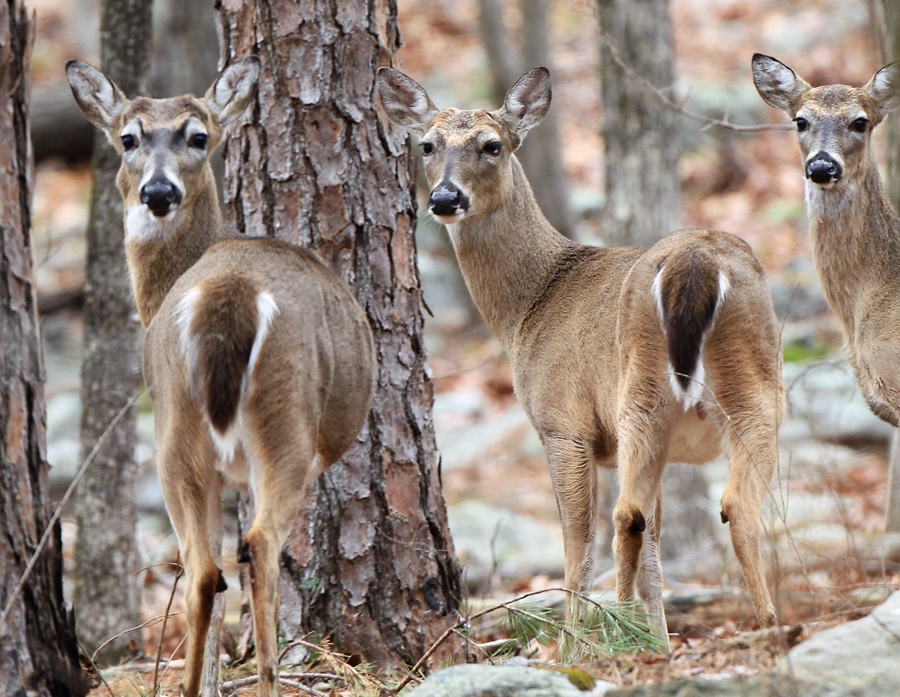
Unregulated hunting at the turn of the century virtually eliminated white-tailed deer in eastern North America, leading to a restocking effort in the 1930s that included animals from other parts of the country. A recent study by U of A geneticists, working with the Arkansas Game and Fish Commission, showed that some deer in the state have lineages that can be traced back to herds in Wisconsin.
A team of geneticists led by Marlis and Michael Douglas, both professors in the Department of Biological Sciences, analyzed 1,143 deer samples gathered by Arkansas Game and Fish collaborators between 2016 and 2019. The samples were collected both from deer killed during hunting season and accidentally killed on roads, and they represented all 75 counties in Arkansas.
The researchers published their findings in two studies in the journals Evolutionary Applications and Prion. The Arkansas Game and Fish Commission also produced a video about the study.
Using genetic testing methods, Tyler Chafin, Bradley Martin and Zachery Zbinden, graduate students in the Douglas Lab, determined that after about 90 years, the genetic echoes of historic translocation from Wisconsin remain apparent in Arkansas deer from the southcentral part of the state. In addition, those in the northwestern part of the state seemingly represent historic Arkansas populations.
The analytical framework employed by the researchers to generate the historic legacy of Arkansas deer is also applicable to other species that display demographic histories equally as complex as Arkansas deer, Michael Douglas said.
The Douglas Lab also found that physical aspects of the landscape such as rivers, major urban centers and highways serve as barriers between distinct deer populations in the state. This, in turn, has implications on how chronic wasting disease (CWD), a global and fatal prion protein disease in deer, has spread in Arkansas. They analyzed prion variants to discover that older, CWD-positive cohorts of Arkansas deer have a longer life expectancy, suggesting either a decreased probability of infection or a reduced progression of the disease once contracted.
About the University of Arkansas: As Arkansas' flagship institution, the U of A provides an internationally competitive education in more than 200 academic programs. Founded in 1871, the U of A contributes more than $2.2 billion to Arkansas’ economy through the teaching of new knowledge and skills, entrepreneurship and job development, discovery through research and creative activity while also providing training for professional disciplines. The Carnegie Foundation classifies the U of A among the top 3% of U.S. colleges and universities with the highest level of research activity. U.S. News & World Report ranks the U of A among the top public universities in the nation. See how the U of A works to build a better world at Arkansas Research News.
Topics
Contacts
Bob Whitby, feature writer
University Relations
479-575-4737,
whitby@uark.edu